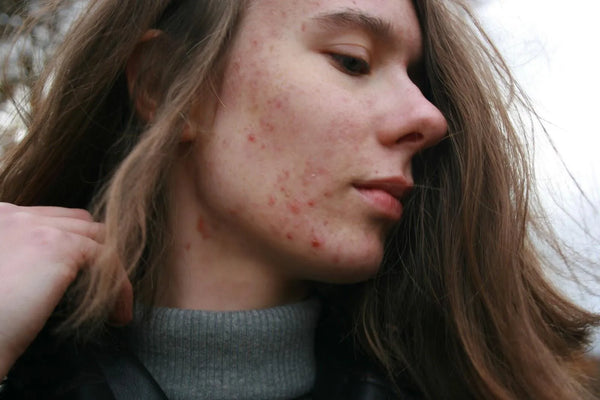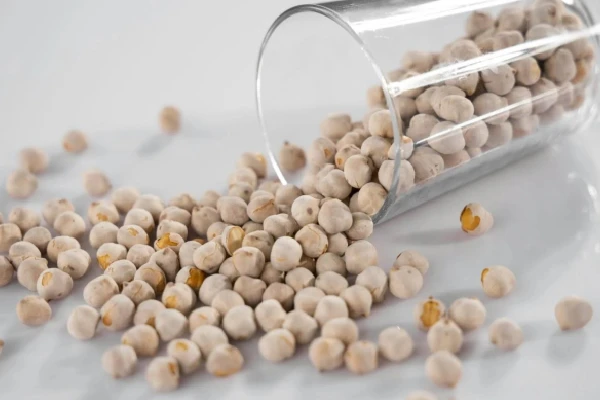Probiotics and Women's Health
Wednesday Jun 30, 2021

Probiotics are often associated with aiding digestion, but did you know they also have important benefits for women's health?
Probiotic supplements have been making headlines lately, especially in the women's health sphere due to their potential ability to prevent yeast infections. What you may not know is that a simple probiotic can have numerous other positive effects on the female body, mind, and overall well-being. Together, we'll take a deeper look at this connection between probiotics and women's health, examining two different areas of wellness that probiotics can improve: hormone balance and vaginal health.
Calling all the ladies!
Probiotics
Before we get down to business and uncover the on women's health, what exactly is a probiotic? A probiotic supplement contains live microorganisms. Most probiotic supplements contain microbes already present in our microbiome, but many of us can benefit from an extra boost. People take probiotics for many different reasons, as specific as managing lactose intolerance or eczema and as broad as improving one's overall wellbeing and mental health. What benefits can a probiotic bring for women's health?
Hormone Balance
Hormones are our body's signaling technology. These molecules tell different parts of our bodies what to do and when to do it. One of the most important hormones, especially for female teenagers, is estrogen. Estrogen governs the physical features associated with womanhood and reproductive health. It also works to keep cholesterol levels in check, protect bone health, and regulate mood.
Scientists have discovered an interesting group of bacteria in the gut microbiome called the estrobolome. These powerful microorganisms help regulate all the functions of estrogen by controlling the circulation of active forms of estrogen itself. How does this work? These microbes release an enzyme called β-glucuronidase. This molecule is responsible for deconjugating and activating the estrogen hormone so that it's free to bind to its receptors.
When the microbiome is in dysbiosis and experiencing imbalance, the level of circulating estrogen is also out of equilibrium. Through this cohort of bacteria called the estrobolome, the gut microbiome's health can contribute to the development of several conditions and health markers linked to estrogen balance. This includes obesity, cancer, endometrial hyperplasia, endometriosis, polycystic ovary syndrome, fertility, cardiovascular disease (CVD), and cognitive function.
Though clinical research with human subjects on the direct effects of probiotics on hormone balance is limited, some studies show that they have promise in mediating the interactions between the gut microbiome and estrogen. One study found that a probiotic regimen could restore the gut microbiome's diversity in rats with polycystic ovary syndrome. This restoration improved the function of their reproductive system. Another study corroborated this finding and discovered that the probiotic Lactobacillus species were most effective in rats at improving polycystic ovary syndrome symptoms and rebalancing the estrogen cycle.
Yeast Infection
Next up, yeast infection. What is a yeast infection? Sometimes called vaginal candidiasis, vulvovaginal candidiasis, or candidal vaginitis, it's one of the most common vaginal infections. Experts estimate that 1.4 million outpatient visits for yeast infections happen every year in the United States alone. Causing uncomfortable symptoms like itching, soreness, pain during intimacy, discomfort during urination, and abnormal discharge, a yeast infection can develop in severity if left untreated.
Some women are more vulnerable to yeast infections than others. Members of this group include pregnant women, those on hormonal contraceptives (birth control), diabetic women, those with compromised immune systems, and those that have recently taken antibiotics. While the type of fungus that causes yeast infections, Candida, is a normal resident within many women's bodies, environmental changes within the vagina can trigger an overgrowth of the fungus and cause the infection. Such environmental changes can result from hormone imbalances, new medicines, or changes to the immune system.
One of the biggest problems women face with yeast infections is recurrence. Current treatment strategies are not designed to restore your vaginal microbiome and protect it from harm in the future. However, there is hope. How do probiotics come into play?
The human vaginal microbiome is home to over 50 species of microbes. Its composition strongly influences women's health. One of these important players is our friend, the probiotic Lactobacillus bacteria. In vitro studies have shown that they can disrupt the development of yeast biofilms on vaginal tissue, potentially inhibiting the over-colonization that leads to a yeast infection. Some clinical studies have found that these bacteria, when given to patients either orally or administered directly to the vagina have shown promise in preventing yeast infections. Since the risk of an adverse event resulting from probiotic use is small, scientists posit that probiotics may be considered a preventative treatment for women who experience recurrent yeast infections. However, large-scale studies on the subject are limited, so there is more work to be done on this research front.
Ready to take control of your health? Floré uses advanced sequencing technology to craft a personalized probiotic, custom to your body's unique microbiome. Try it today!


